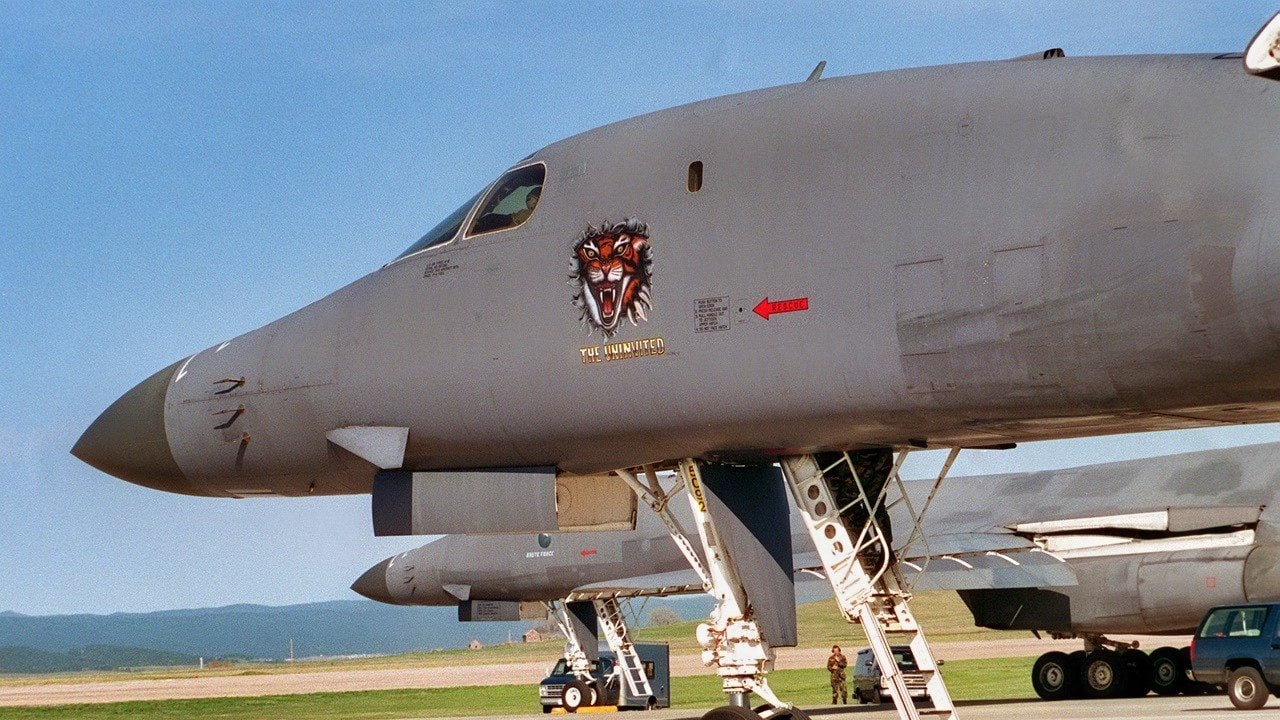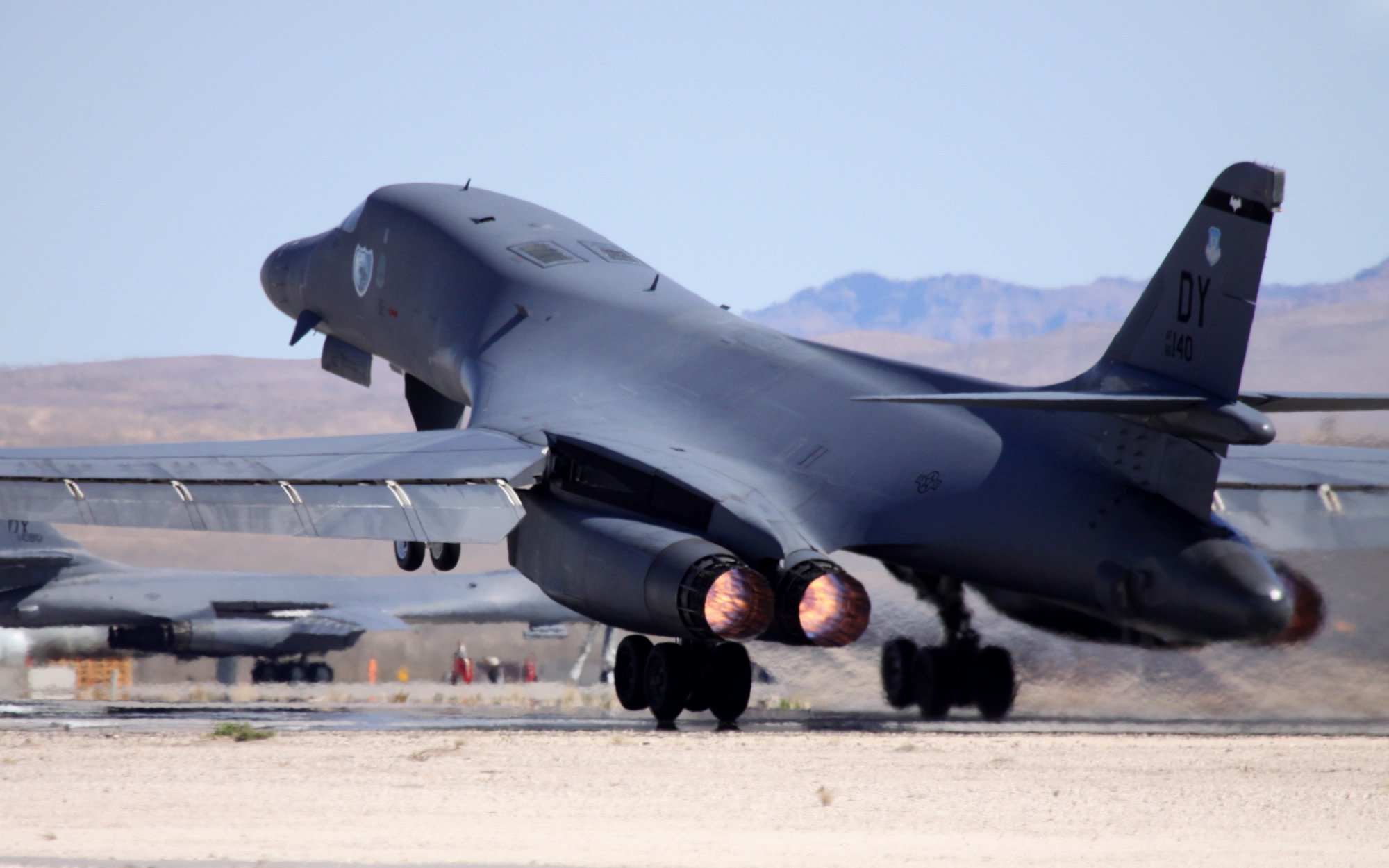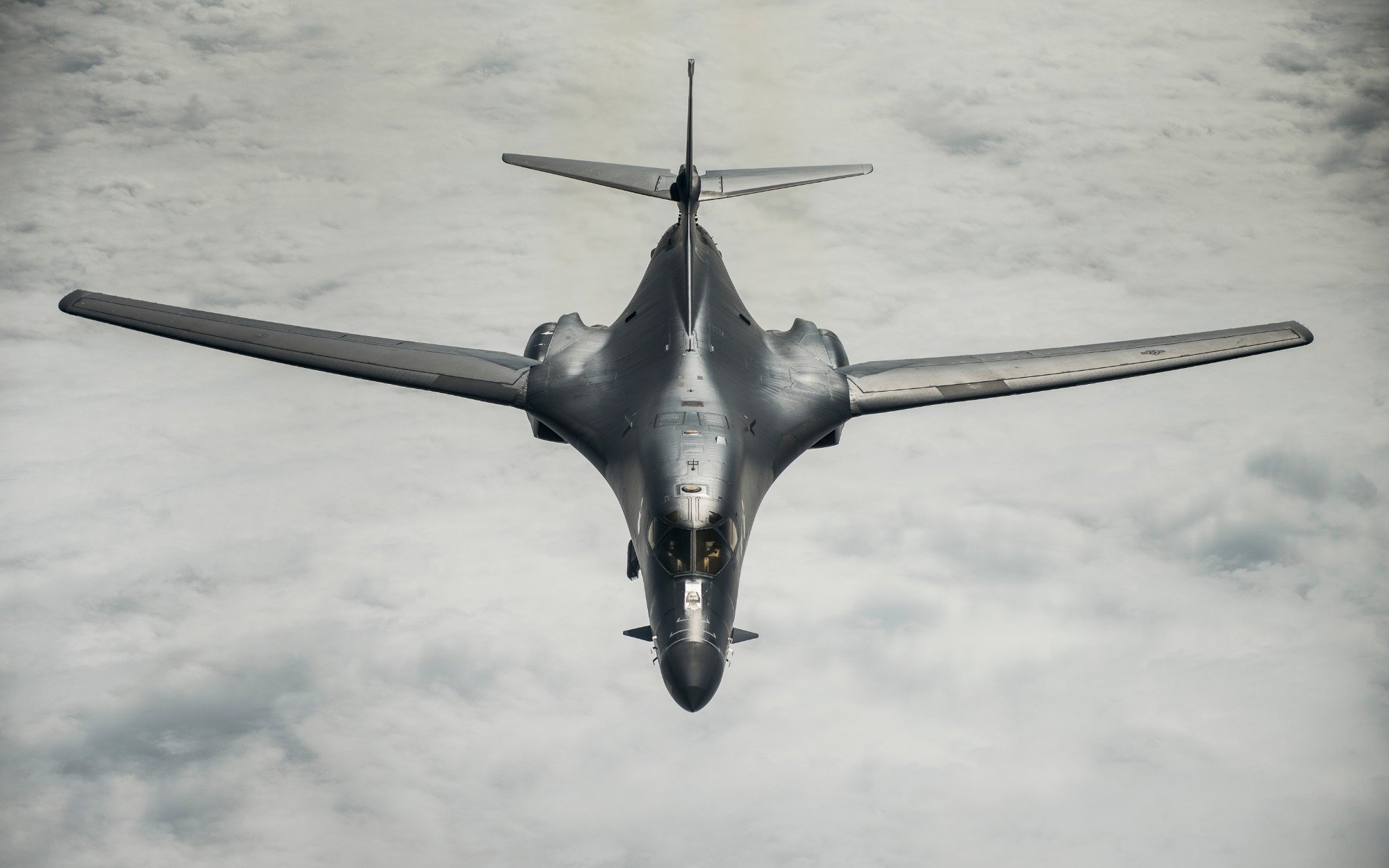The U.S. Air Force Just Flew B-1B Lancer Bombers to China's Backyard
Earlier this month, the U.S. Air Force deployed Rockwell B-1B Lancer bombers to Guam to demonstrate a continued presence in the Indo-Pacific amidst rising tensions with China, following the inauguration of Taiwan's new President Lai Ching-te.
Summary: Earlier this month, the U.S. Air Force deployed Rockwell B-1B Lancer bombers to Guam to demonstrate a continued presence in the Indo-Pacific amidst rising tensions with China, following the inauguration of Taiwan's new President Lai Ching-te.

-The B-1Bs, from the 28th Bomb Wing at Ellsworth AFB, South Dakota, are part of a routine Bomber Task Force (BTF) mission to enhance readiness and interoperability with allies.
-The BTF missions, started in 2014, aim to maintain global stability and security.
-These deployments replace the previous "Continuous Bomber Presence Mission" for more unpredictable global operations.
U.S. Air Force Deploys B-1B Lancers to Guam Amid Tensions with China
Earlier this month, the United States Air Force deployed an undisclosed number of Rockwell B-1B Lancer bombers back to the American territory of Guam, sending a message to Beijing that the U.S. will maintain a presence in the Indo-Pacific, even as the People's Liberation Army Navy has been increasingly flexing its muscles in the region following the May 20 inauguration of Taiwanese President Lai Ching-te.
The new leader of the self-ruling Taiwan favors full independence from Beijing, and China responded by carrying out military drills.
The B-1 Lancers, assigned to the 28th Bomb Wing, Ellsworth Air Force Base (AFB), South Dakota, were deployed to Andersen AFB, Guam. The long-range strategic bombers were deployed to Guam as part of a routine Bomber Task Force (BTF).
According to a statement from the U.S. Air Force, airmen from the 37th Expeditionary Bomb Squadron have been integrating and training with U.S. Allies and regional partners, to enhance readiness and reinforce the rules-based international order in the Pacific. In advance of the bombers' arrival at Andersen AFB, the B-1s also integrated with other U.S. Air Force and Navy assets in the Pacific Ocean.
"When the 37th trains alongside Allies and partners, we gain the opportunity to strengthen our bomber deterrence capabilities and demonstrate interoperability to collectively bolster our ability to support a free and open Indo-Pacific," said Lt. Col. Christian Hoover, 37th Expeditionary Bomb Squadron commander.

The United States Air Force maintains a fleet of forty-four B-1Bs, even as the aircraft are on track to be retired beginning by the end of the decade when the Northrop Grumman B-21 Raider begins to enter service. Efforts are now underway to refurbish a retired B-1B bomber to replace a Lancer destroyed in an April 2022 incident.
The Evolving BTF Mission
The United States Strategic Command has regularly tested and then evaluated the readiness of strategic assets to help ensure the security and stability of the Indo-Pacific with BTF missions. The deployments began in 2014 and are further meant to maintain global stability and security. The missions enable the crews and other airmen to operate in different environments and locations while working alongside allies and other international partners.
The deployment of the B-1B Lancers to the Indo-Pacific came just weeks after a B-52 BTF mission to the region, while a four B-52 BTF mission has also been underway in Europe, which included a pair of Stratofortress bombers operating with units from the Swedish Navy.
BTF missions to Guam have been conducted in place of the U.S. Air Force's " Continuous Bomber Presence Mission," which for 16 years had seen a rotation of B-52, B-1B, and B-2 Spirit bombers for half-year stints on the island, which is located about 1,800 miles east of China. That former program was nixed in favor of "less predictable" global deployments.

Author Experience and Expertise: Peter Suciu
Peter Suciu is a Michigan-based writer. He has contributed to more than four dozen magazines, newspapers, and websites with over 3,200 published pieces over a twenty-year career in journalism. He regularly writes about military hardware, firearms history, cybersecurity, politics, and international affairs. Peter is also a Contributing Writer for Forbes and Clearance Jobs. You can follow him on Twitter: @PeterSuciu. You can email the author: [email protected].
All images are from Creative Commons.
More from National Interest


